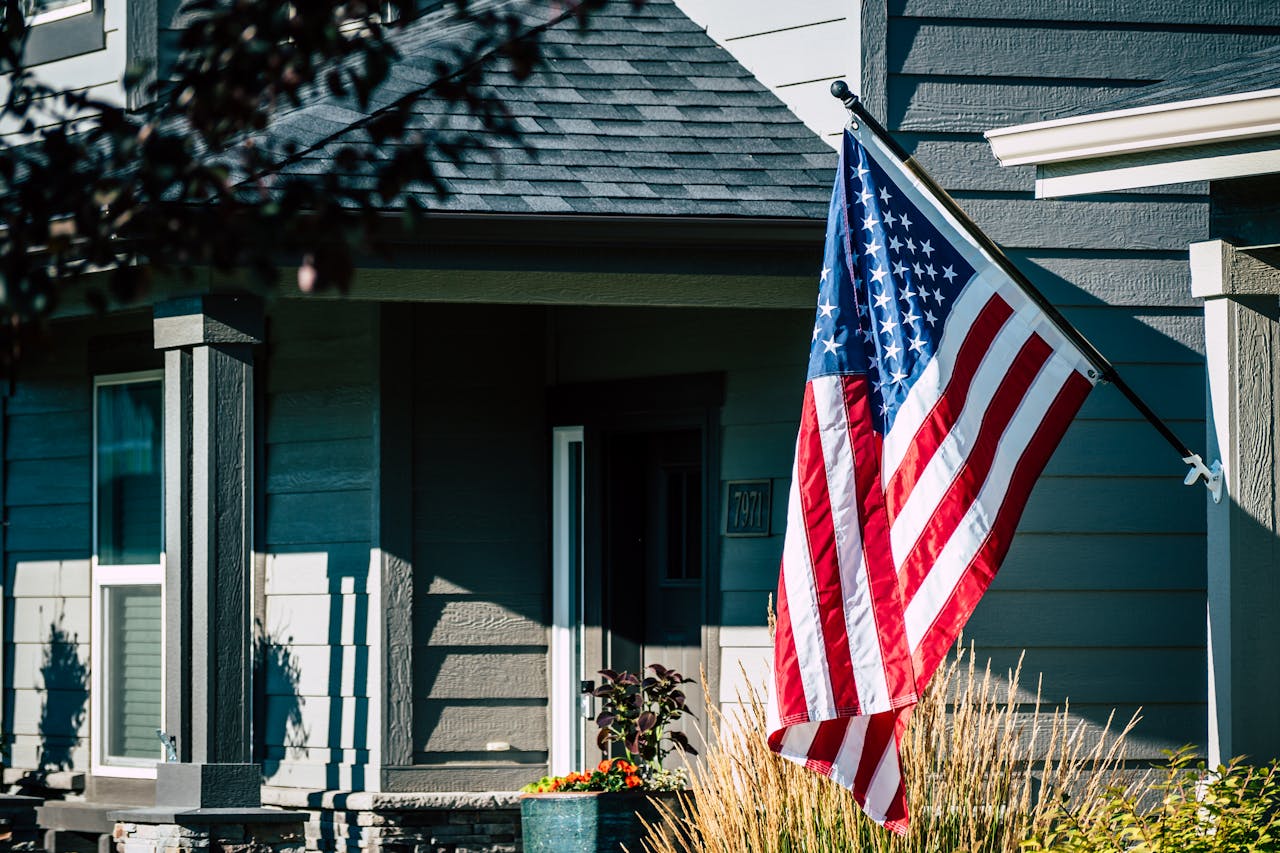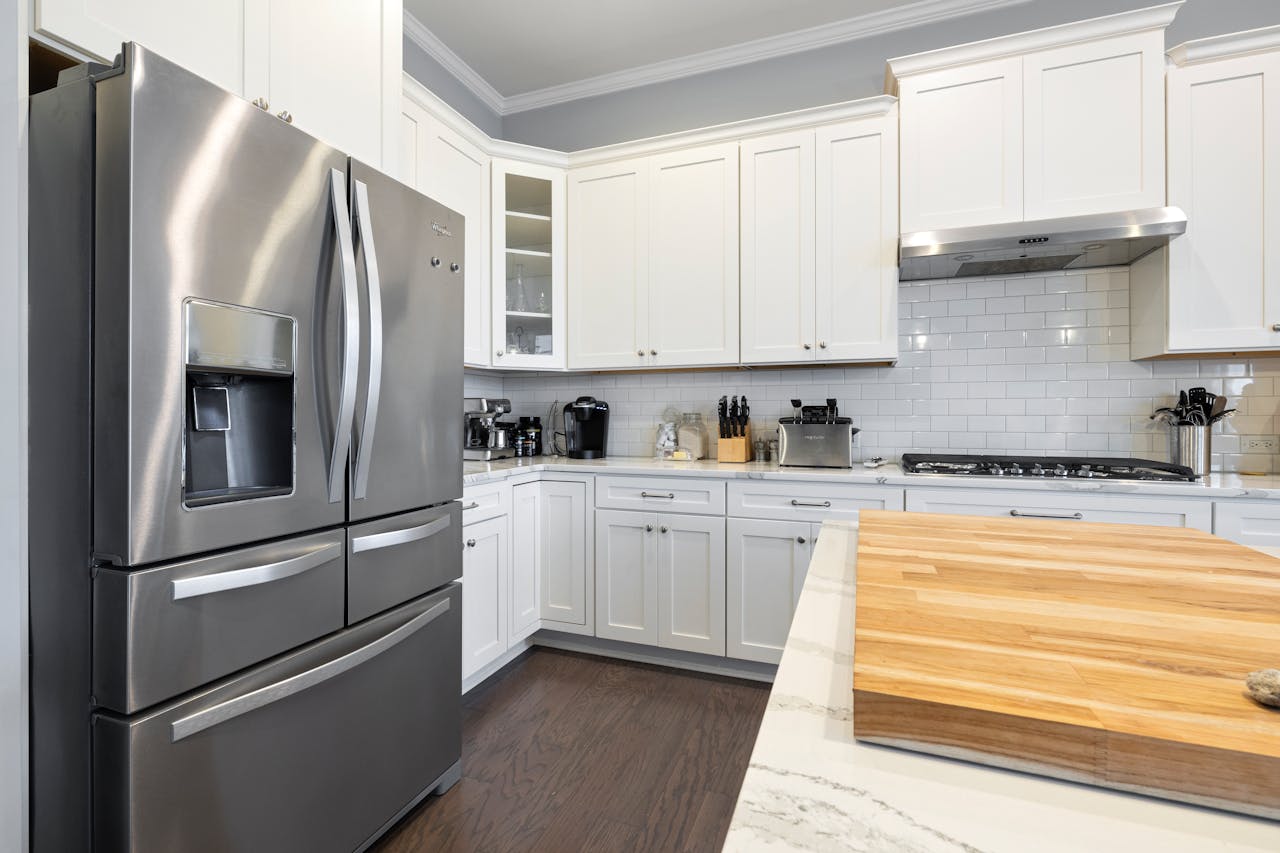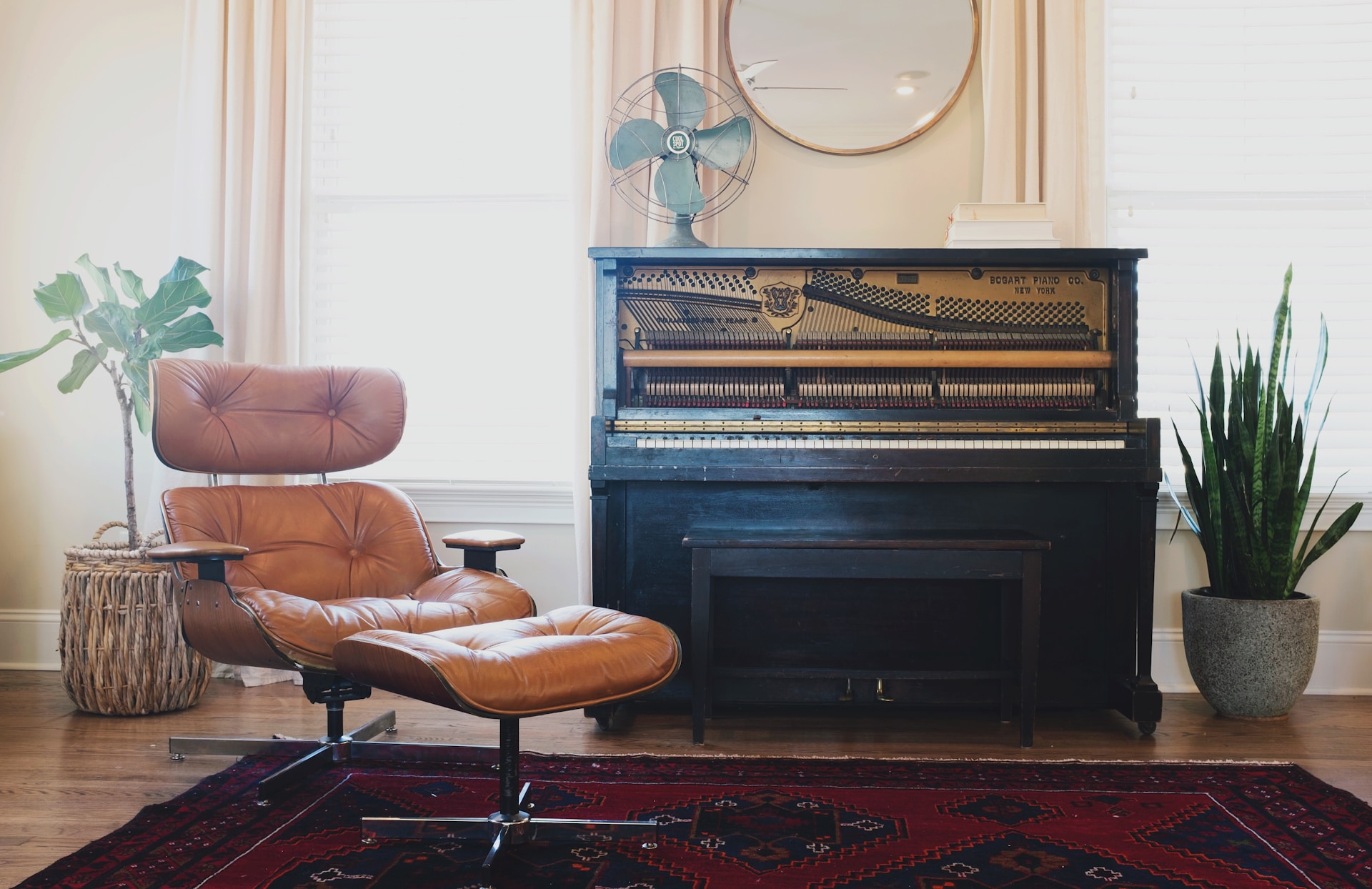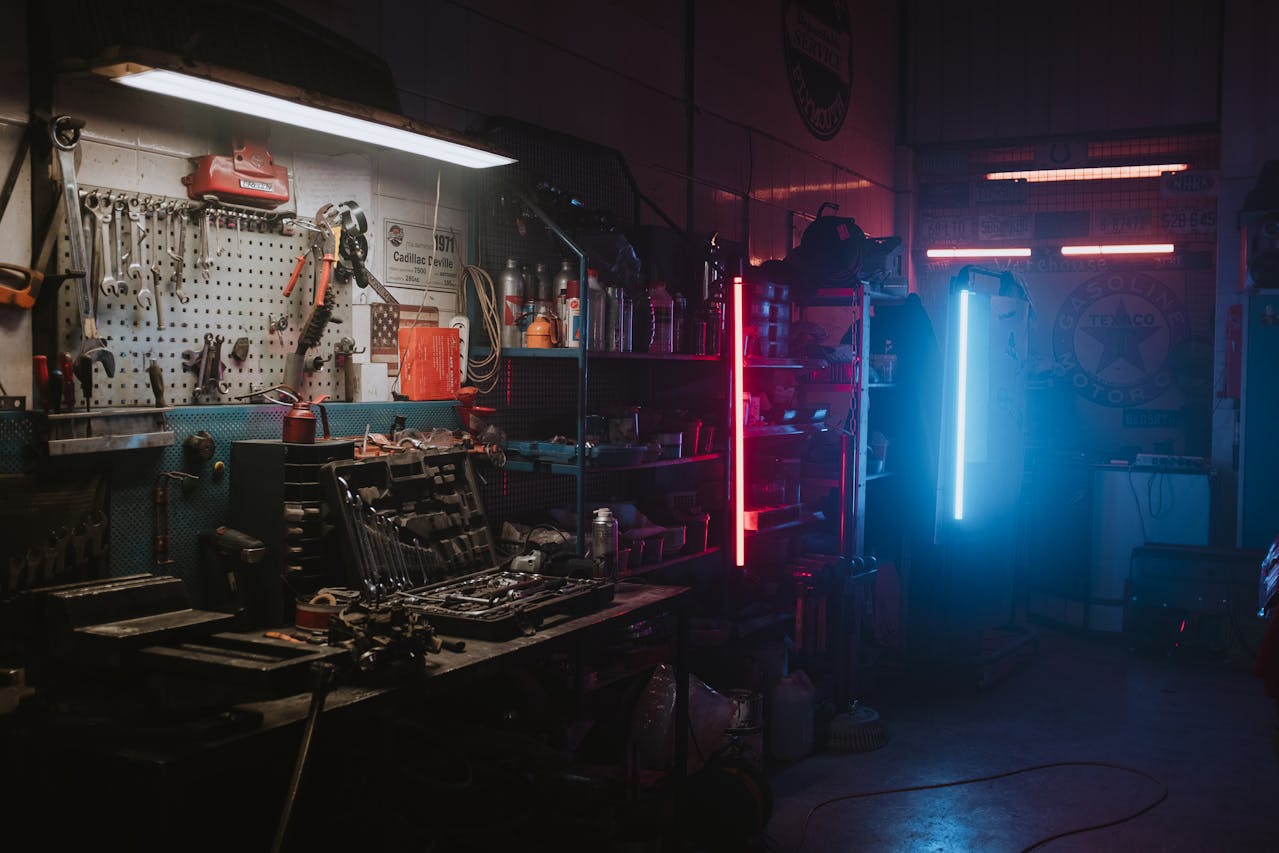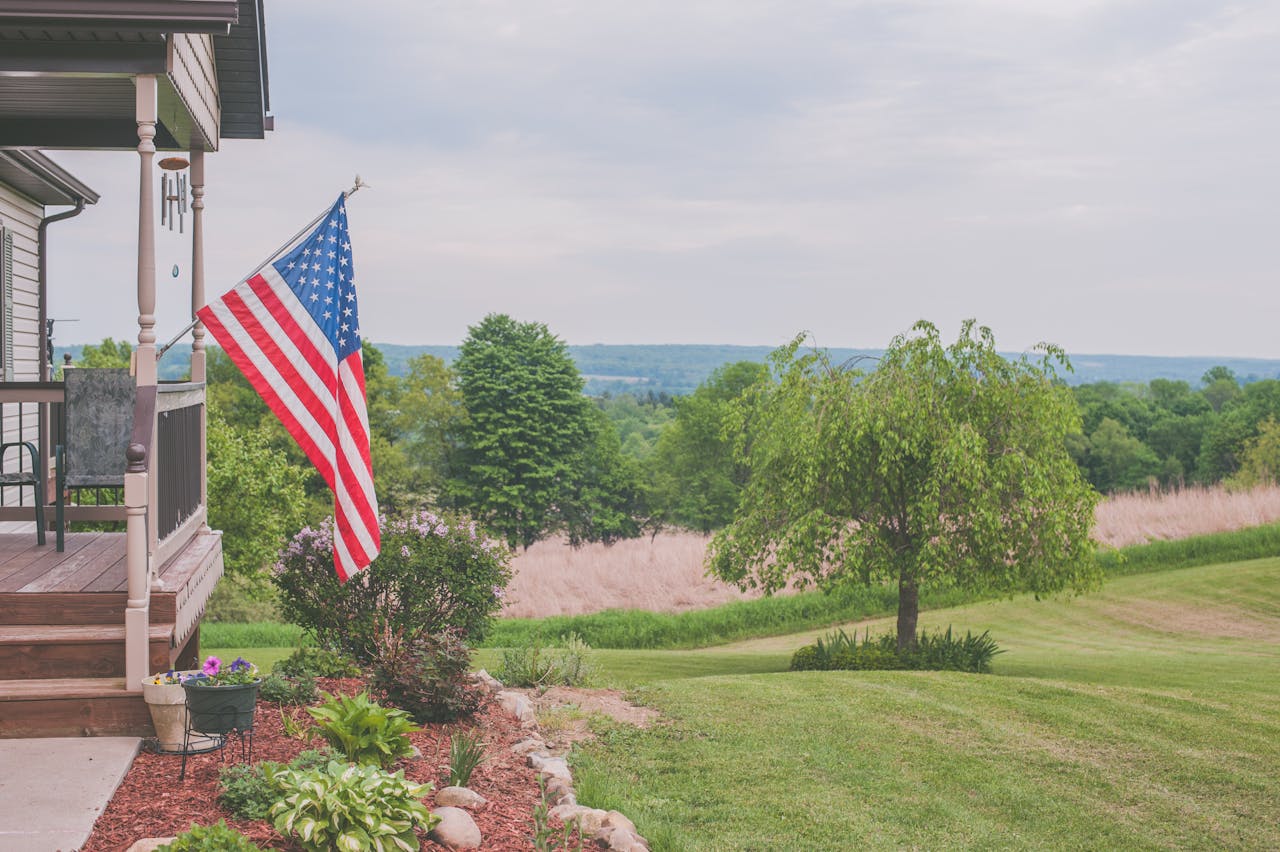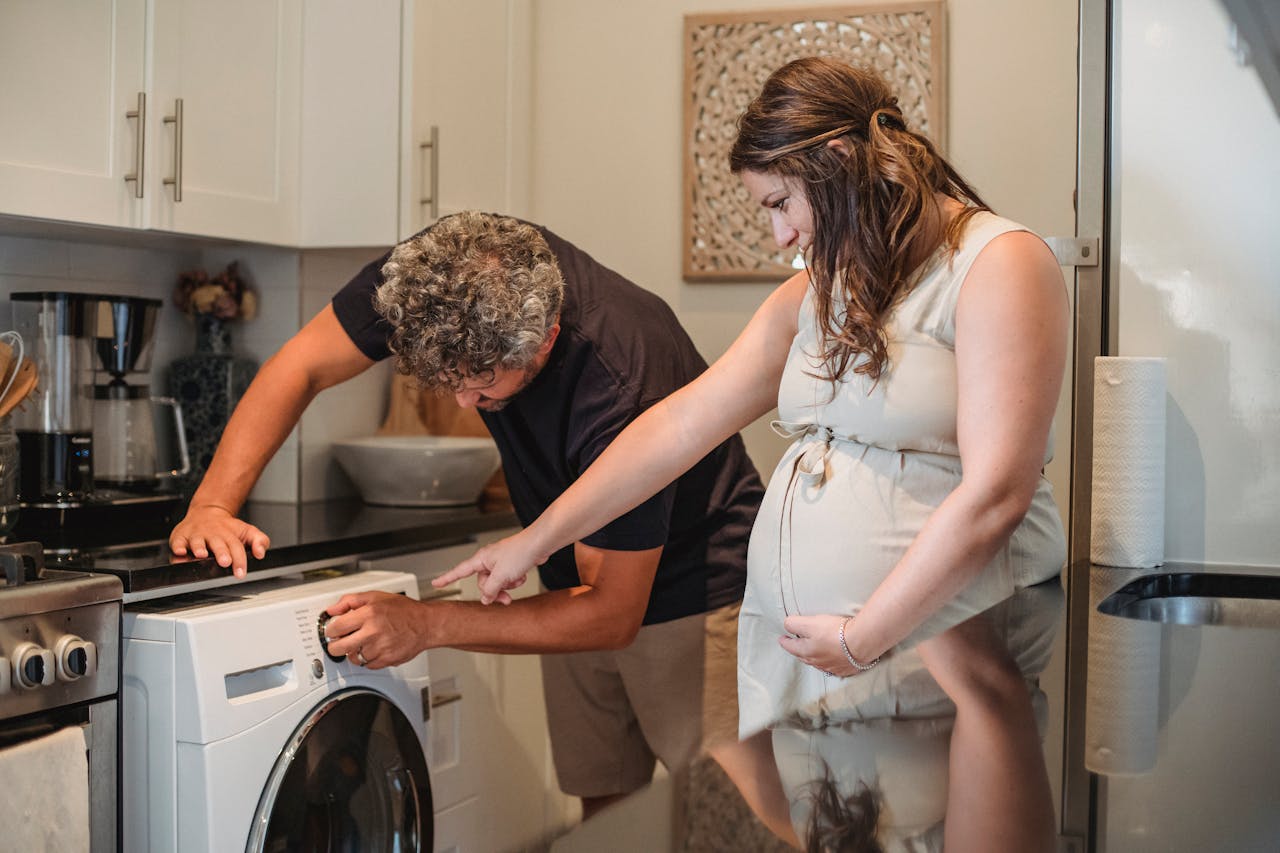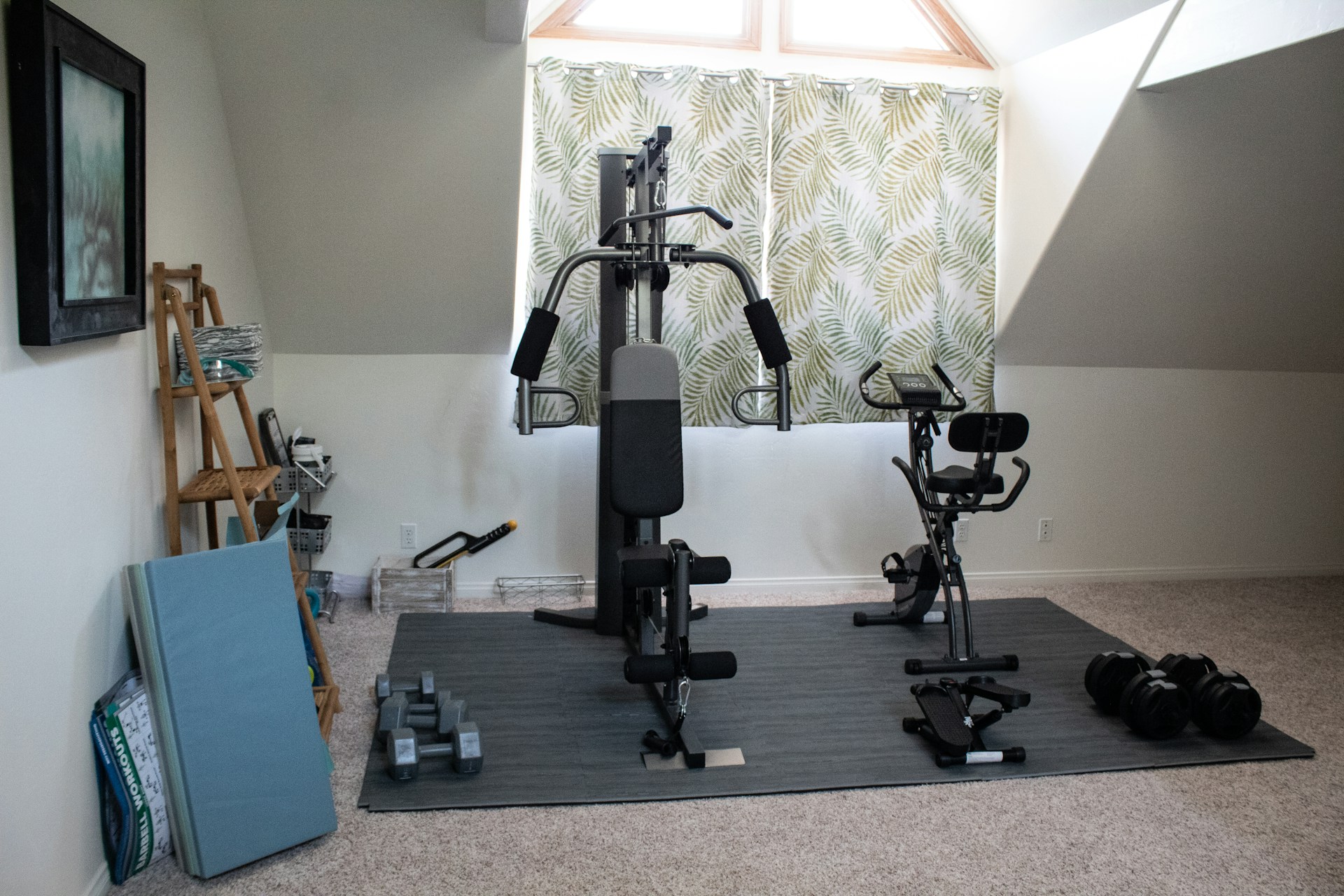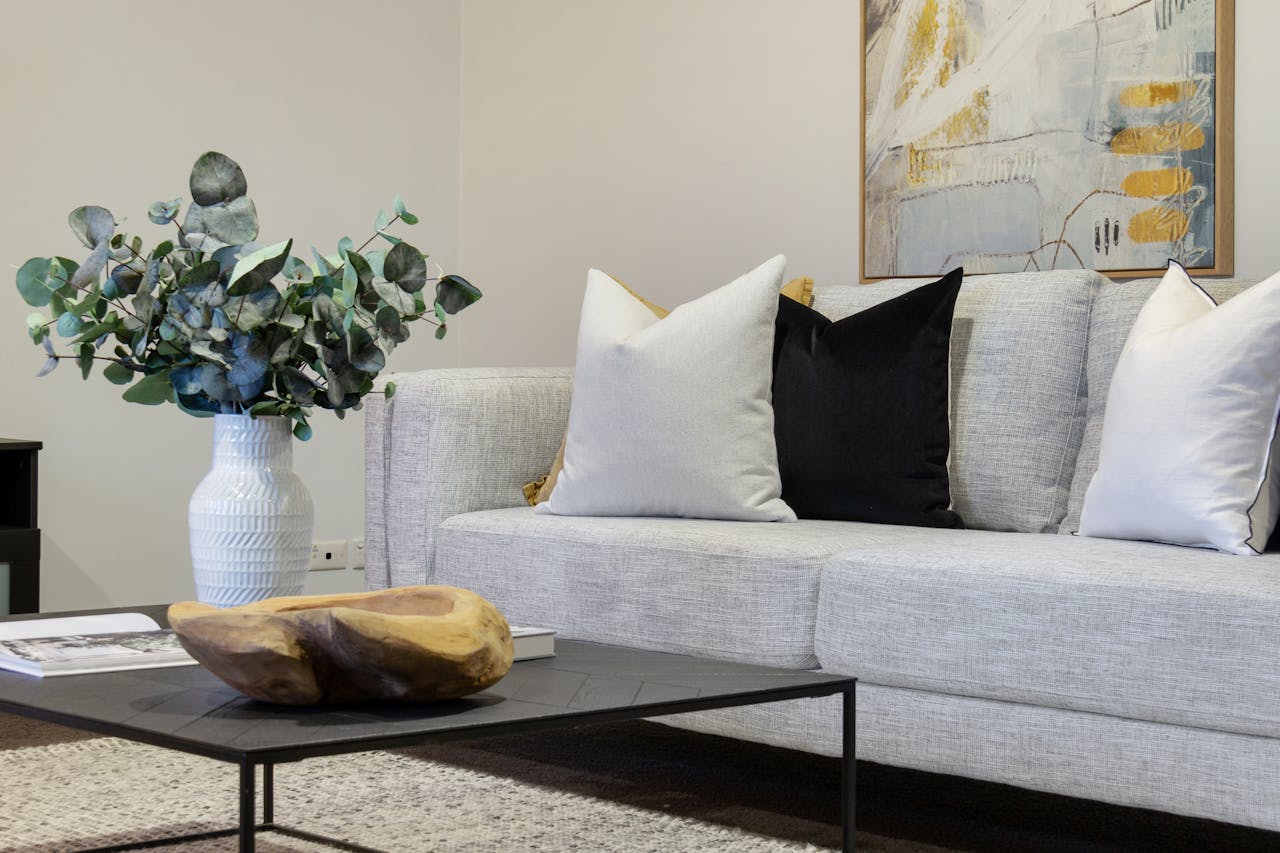When people outside the United States think of American homes, their assumptions often come from what they see in movies, TV shows, and pop culture. These ideas can be both entertaining and revealing, showcasing what others believe makes an American house unique. For baby boomers, who have witnessed American homes evolve over decades, these perceptions may spark nostalgia or even amusement. Let’s dive into eight items that non-Americans often imagine are in every American home and explore the cultural roots behind these assumptions.
1. A Massive Refrigerator
A large, double-door refrigerator is one of the most common stereotypes about American homes. Non-Americans imagine these oversized appliances filled to the brim with gallons of milk, soda, and stacks of frozen goods. This perception stems from the American love for bulk shopping at stores like Costco and Sam’s Club, where buying in large quantities is the norm. For baby boomers, this trend aligns with the suburban boom of the mid-20th century when families began to prioritize convenience and efficiency in their homes. While not every household has an enormous fridge, the practicality of having one for big shopping hauls is undeniable for many Americans.
2. A Recliner Chair
The iconic recliner chair is another staple that non-Americans associate with American living rooms. Thanks to sitcoms and family dramas, they often imagine a plush, oversized chair in the corner of the living room, symbolizing ultimate comfort. For baby boomers, recliners were a hallmark of relaxation, especially during evenings spent watching TV or reading the newspaper. While not every home features a Lazy Boy, the concept of prioritizing comfort in furniture design is undeniably rooted in American culture, making this assumption a reasonable one.
3. A Garage Filled with Tools
Another common belief is that every American garage is a mini-workshop, stocked with power tools, wrenches, and everything needed for DIY projects. This stems from the American ethos of self-sufficiency and the popularity of home improvement projects. For baby boomers, this resonates deeply, as many grew up in an era when fixing things yourself was often cheaper and more practical than hiring a professional. Whether it’s for woodworking, car repairs, or household fixes, having a well-stocked garage is a tradition many Americans still embrace. However, not every garage fits the stereotype, as some serve as simple storage spaces or even make-shift gyms.
4. A Flag Displayed with Pride
Non-Americans often associate American homes with patriotism, envisioning the U.S. flag proudly displayed on a pole outside the house or hanging on the wall inside. This assumption comes from the visible expressions of national pride that are often highlighted in American media, especially during events like Independence Day or Memorial Day. For baby boomers, this imagery may feel especially familiar, as many grew up during eras of heightened patriotism. While not every household has a flag on display, it’s true that many Americans take pride in showing their love for their country through décor and symbols.
5. A Kitchen Full of Gadgets
Many non-Americans picture American kitchens brimming with gadgets like stand mixers, waffle makers, air fryers, and even countertop ice cream machines. This belief is rooted in the portrayal of American kitchens as hubs of culinary creativity and convenience. For baby boomers, the rise of kitchen innovation in the 1950s and 1960s revolutionized how meals were prepared, introducing tools that made cooking faster and easier. While many households do feature a variety of gadgets, not every American home looks like a showroom for the latest kitchen appliances.
6. A Home Gym or Exercise Equipment
Thanks to the health and fitness culture in the United States, many non-Americans assume that every American home includes some form of exercise equipment, such as a treadmill or a set of dumbbells. This stereotype is reinforced by advertisements and shows that highlight the importance of staying active. For baby boomers, the fitness craze of the 1980s brought exercise equipment into homes for the first time, making personal health more accessible. While not every home has a dedicated gym, many Americans do prioritize fitness, even if it means simply going for a walk or hitting a local gym.
7. A Couch Covered in Throw Pillows
Throw pillows are another feature that non-Americans often associate with American homes. They imagine sofas and beds covered in a seemingly endless number of decorative pillows in various shapes, colors, and patterns. This idea comes from Hollywood movies and interior design shows that emphasize cozy, well-decorated living spaces. For baby boomers, this trend may feel relatively modern, as home décor has evolved to focus more on aesthetic comfort in recent decades. While not every household subscribes to this trend, many do enjoy the warmth and style that throw pillows can bring to a space.
8. A Pantry Stocked with Snacks
The image of a fully stocked pantry overflowing with chips, cookies, cereal, and other snacks is a common assumption about American homes. Non-Americans often associate the U.S. with its snack culture, which is heavily promoted in advertising and media. For baby boomers, the explosion of pre-packaged snacks in the mid-20th century revolutionized eating habits, making it easy to keep treats on hand for both kids and guests. While not every pantry looks like a mini convenience store, the availability and variety of snacks in many American homes do make this stereotype somewhat accurate.
Final Thoughts
The assumptions about American homes persist largely because of their portrayal in pop culture. Movies and TV shows often exaggerate or highlight specific elements of American living, shaping how non-Americans view life in the United States. For baby boomers, who have witnessed how these portrayals evolved over decades, these stereotypes may feel like a blend of truth and fiction. They reflect not only how Americans live but also how the rest of the world imagines life in the U.S.
While not every American home fits the mold painted by these stereotypes, they reveal fascinating insights into how American culture is perceived globally. For baby boomers, these observations offer a chance to reflect on how their own homes and lifestyles may align—or differ—from these expectations. From oversized refrigerators to garages filled with tools, the items on this list showcase the blend of practicality, comfort, and individuality that defines American living. Whether you’re nodding along or chuckling at the exaggerations, these perceptions highlight the unique character of life in the United States.

